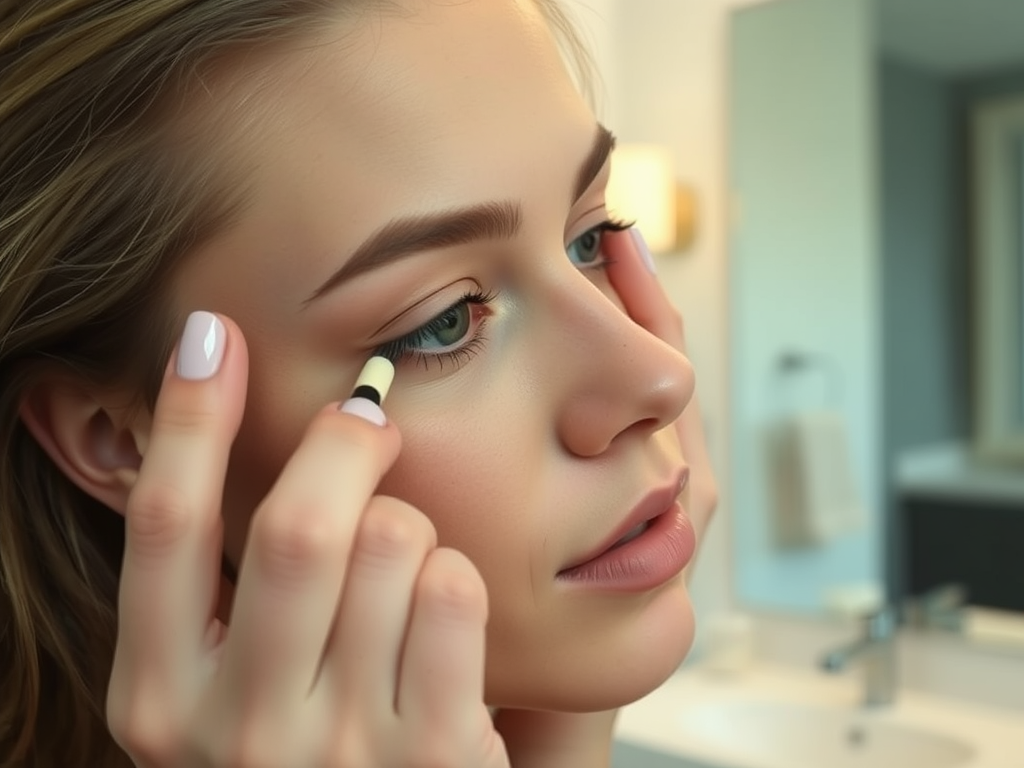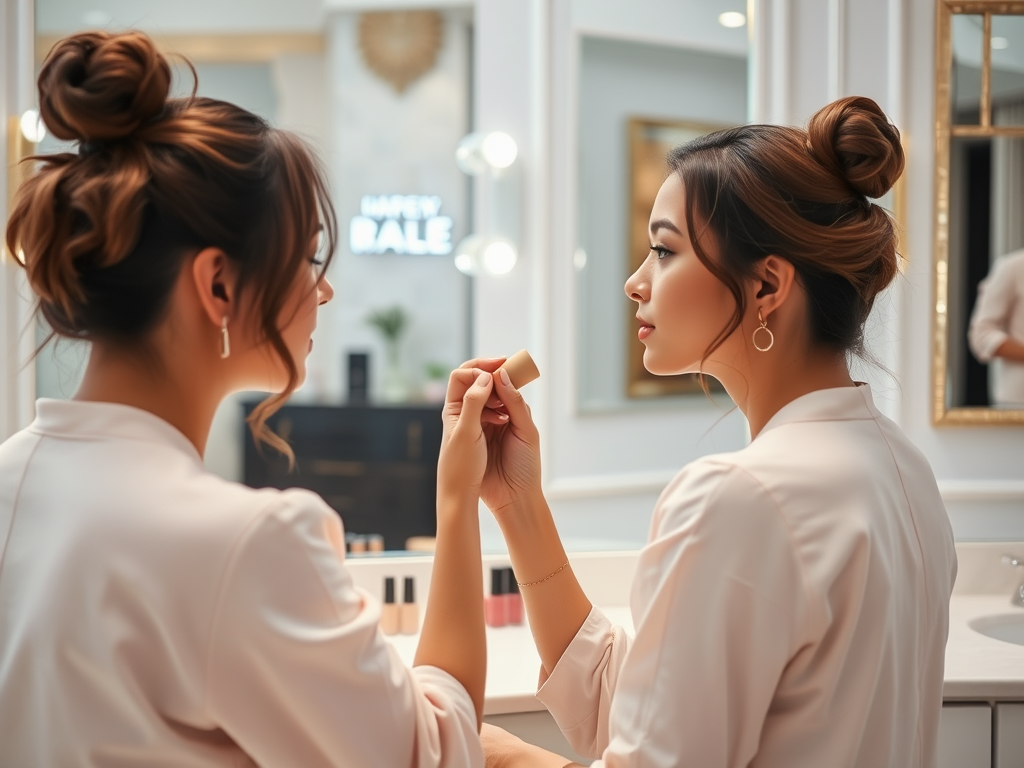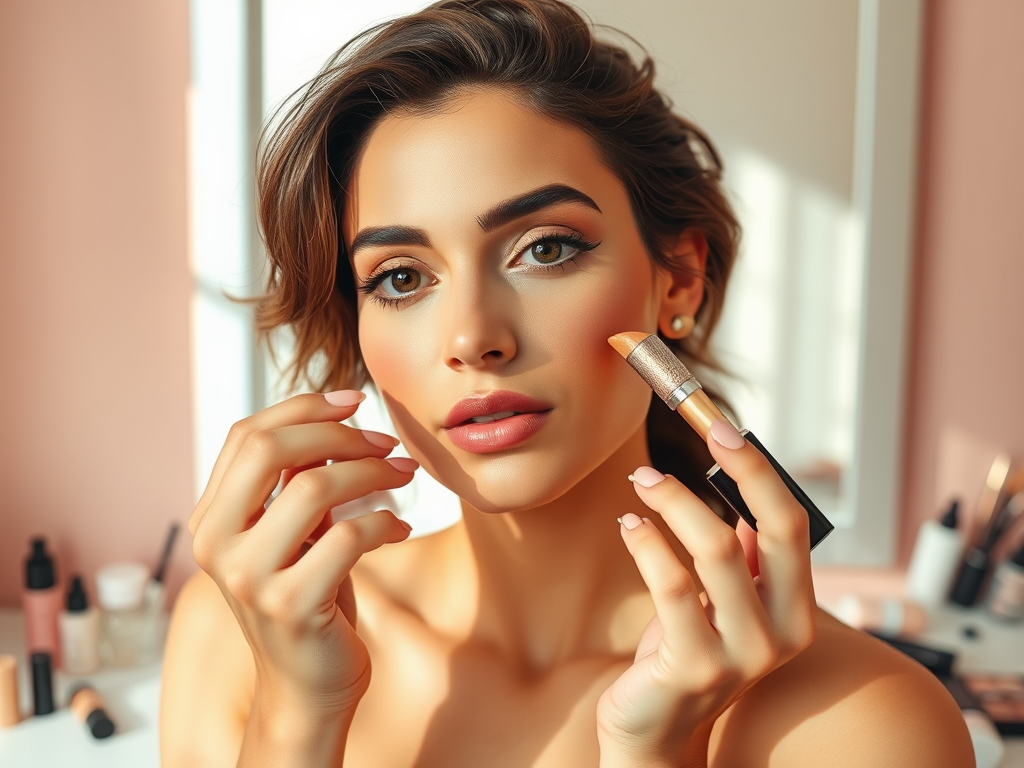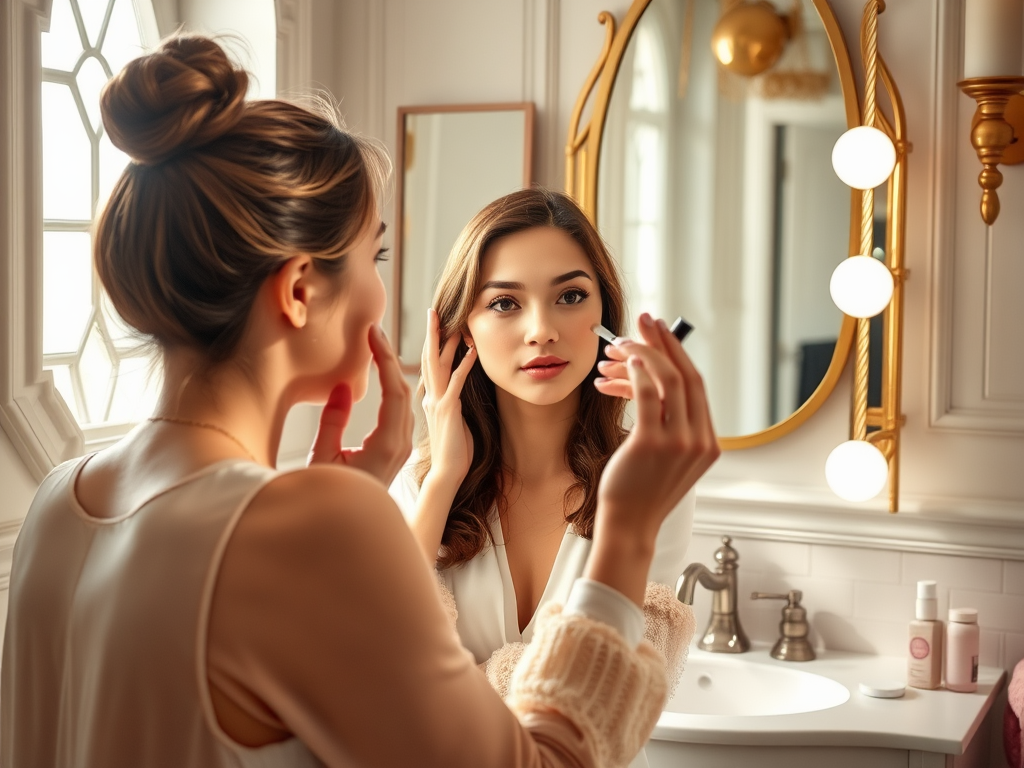Achieving a radiant complexion can be as simple as mastering the art of concealer application. Whether you’re striving to eliminate dark circles, cover blemishes, or even out your complexion, the right concealer can make a world of difference in your makeup routine. However, it is essential to understand how to use concealer effectively to achieve a natural look that enhances your features rather than masking them. This is where the do’s and don’ts come into play. By following certain guidelines, you can elevate your makeup game and ensure your concealer blends effortlessly with your skin. Let’s delve into the various tips and techniques that will help you maximize the potential of your concealer.
Understanding Concealer and Its Purpose
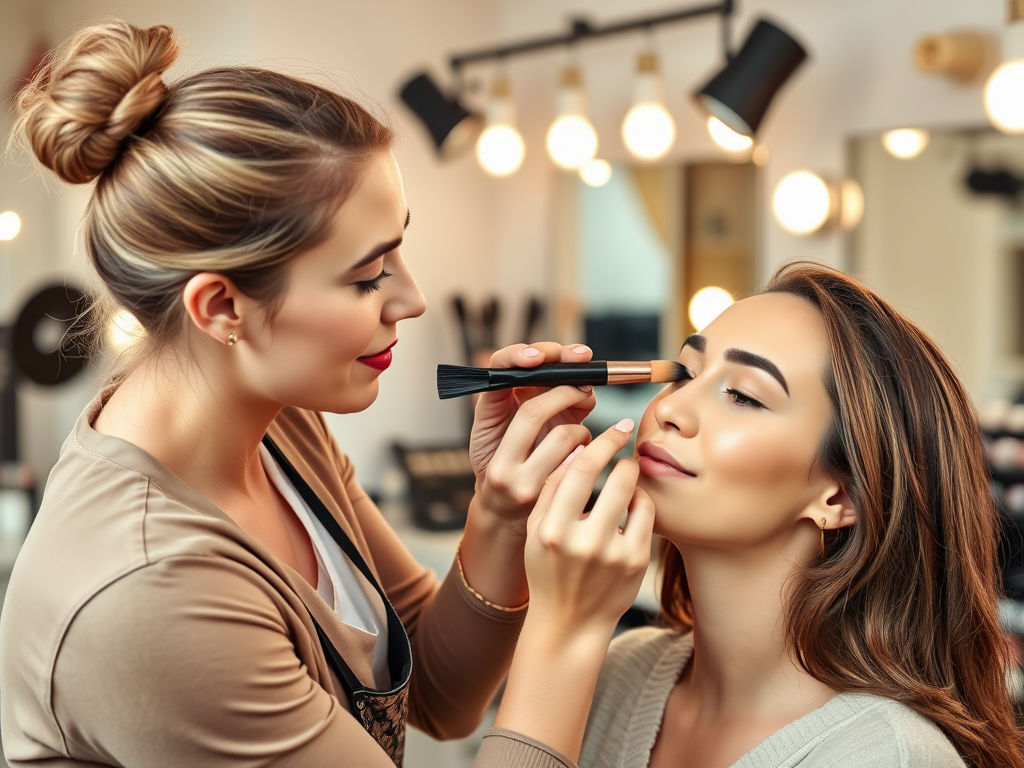
Concealer serves as a versatile tool in the makeup world, catering to various needs across different skin types. The significance of this cosmetic staple goes beyond mere coverage; it’s about bringing forth your natural beauty. From lightening dark spots to camouflaging imperfections, concealer can help create that flawless look we all desire. When selecting a concealer, it is necessary to know the formulations available and their intended uses. This knowledge will help you make an informed choice tailored to your skin’s unique requirements. Ultimately, the goal is to enhance, not obscure, your true self.
- Liquid Concealers: Ideal for the under-eye area and often provide hydration.
- Cream Concealers: These may offer full coverage, making them perfect for blemishes and discoloration.
- Stick Concealers: Convenient for quick applications on-the-go.
- Color-Correcting Concealers: Used to neutralize specific skin tones, helping to balance your complexion.
Do’s for a Natural Look with Concealer
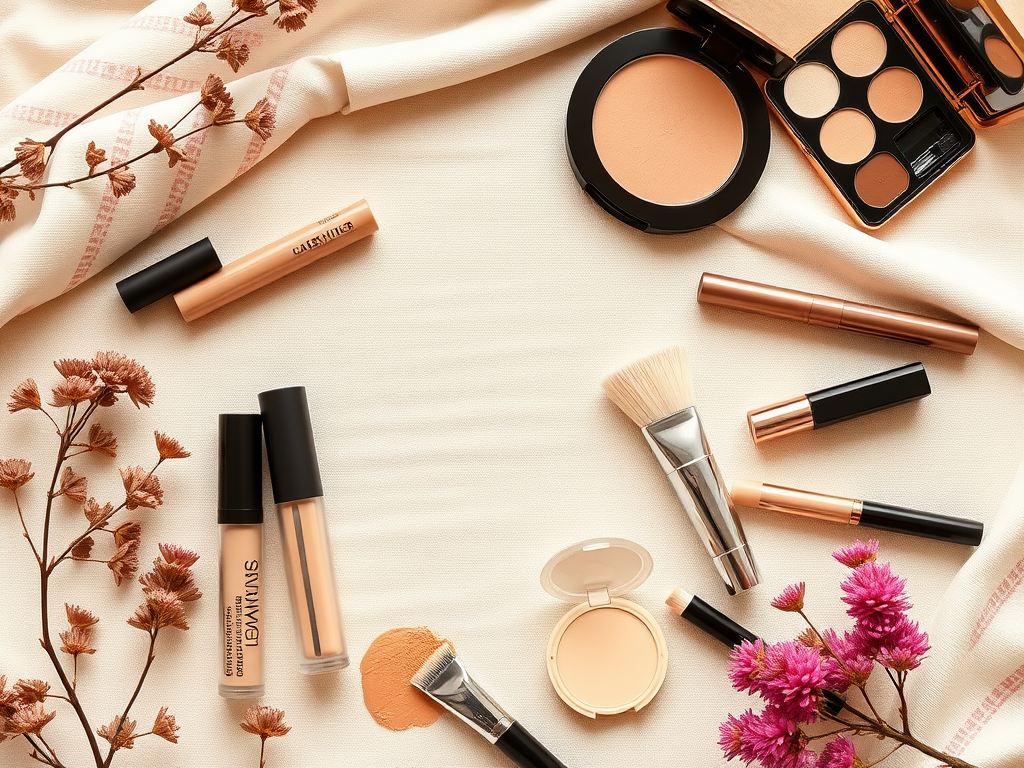
To embody a radiant appearance while using concealer, it is essential to adhere to specific guidelines. These do’s not only enhance the natural look but also ensure that your application feels effortless and comfortable. Begin by focusing on choosing the right shade of concealer that perfectly aligns with your skin tone. A well-selected shade can create continuity on your face and naturally enhance your appearance. Next, the application technique matters significantly. Rather than slathering on product, start small and layer as needed. This approach prevents a cakey appearance that often results from over-application. Additionally, blending is key; you can use a range of tools or even your fingertips to achieve a flawless finish.
Choose the Right Shade
Choosing the perfect concealer shade is pivotal for achieving a seamless look. Undertones play a significant role in selecting the right color. To navigate this, familiarize yourself with the following:
- Warm Undertones: Look for shades with a yellow or peach base.
- Cool Undertones: Opt for shades with a pink or bluish base.
- Neutral Undertones: Go for shades that don’t lean too warm or cool.
Apply Sparingly and Blend Well
When you’ve selected your concealer, remember that a little goes a long way. By applying sparingly, you can build coverage to match your preferences. Be sure to blend the product well into your skin. Using your fingertip, beauty sponge, or brush can help achieve that seamless blend. Finally, set your concealer with a light dusting of translucent powder. This technique can help to reduce shine and ensure that your concealer stays in place throughout the day.
Don’ts for a Natural Look with Concealer
While there are helpful practices, some common mistakes can hinder your quest for the perfect concealer application. By avoiding the following pitfalls, you can achieve a look that feels fresh and effortless. Overapplying concealer is counterproductive; instead, a minimal approach will work wonders. Furthermore, using a concealer that does not match your undertones can create an unnatural contrast with your complexion. Always take time to assess your skin’s needs before making a choice. In addition, don’t underestimate the role of skincare; neglecting your skin can lead to uneven application and may diminish the concealer’s effectiveness. Lastly, when applying concealer under your eyes, steer clear of thick formulas that can lead to settling into fine lines.
| Mistake | Why to Avoid |
|---|---|
| Overapplication | Results in a heavy and unnatural look. |
| Mismatched Undertones | Creates stark contrasts that look artificial. |
| Neglecting Skincare | Leads to uneven texture and poor adhesion of concealer. |
| Using Thick Formulas for Under Eyes | May settle into fine lines, emphasizing imperfections. |
Conclusion
In conclusion, mastering the use of concealer is pivotal for achieving a natural look that enhances rather than masks your beauty. By adhering to the outlined do’s and don’ts, you’ll be well-equipped to create a seamless finish. Remember to carefully select the right shade, apply sparingly, and blend thoroughly. Always be conscious of common pitfalls, such as overapplication and mismatched undertones. Proper skincare preparation also plays a crucial role in the final outcome. By following these guidelines, you’ll not only illuminate your natural features but also instill confidence in your makeup application.
Frequently Asked Questions
- What is the best way to select a concealer shade? Look for a shade that matches your foundation or is one shade lighter for highlighting.
- Can I use concealer on areas other than blemishes? Yes, concealer can also be effective for brightening under the eyes and contouring.
- Should I apply concealer before or after foundation? It depends on the look you want; applying after generally provides a more natural finish.
- How can I prevent my concealer from creasing? Use a setting powder and apply concealer sparingly to help reduce creasing.
- Is it safe to use concealer on sensitive skin? Choose non-comedogenic and hypoallergenic formulas specifically formulated for sensitive skin.
